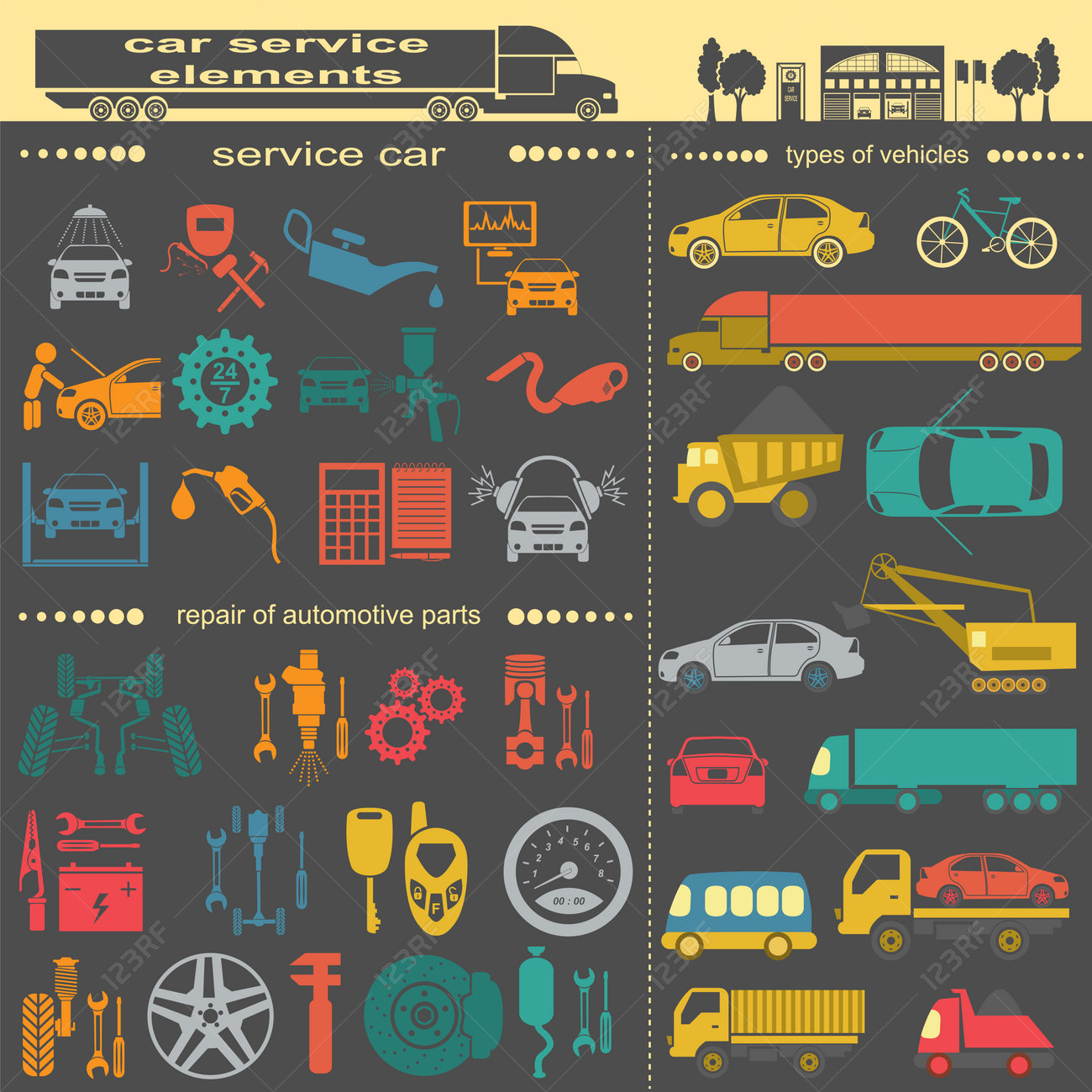A Newcomer'S Handbook For Interpreting Your Vehicle'S Alert Lighting
A Newcomer'S Handbook For Interpreting Your Vehicle'S Alert Lighting
Blog Article
Author-Fenger Drake
When you lag the wheel, those little caution lights on your vehicle's control panel can be fairly difficult. What do they suggest, and should you be worried? Recognizing these signals is crucial for your car's well-being, yet it doesn't have to be a challenging task. By translating the secret behind each light, you'll be geared up to manage prospective issues successfully and keep your automobile running smoothly. So, next time a caution light flashes, don't panic - arm on your own with understanding and take control of the situation.
Importance of Auto Caution Lights
Recognizing the value of your vehicle's caution lights is critical for keeping your vehicle's health and safety. These lights serve as your auto's communication system, informing you to potential concerns that could threaten your safety when traveling or cause expensive repair work if ignored. By paying https://www.barrons.com/articles/inflation-auto-parts-51650379011 to these cautions, you can resolve problems early and protect against further damage to your car.
Neglecting warning lights can result in significant effects, such as engine failing, brake malfunctions, and even accidents. These lights are created to alert you of issues varying from reduced tire stress to engine breakdowns, giving you the opportunity to take action prior to the situation intensifies. Consistently examining and understanding these cautions can save you time, money, and guarantee your security while driving.
In addition to keeping you risk-free, responding promptly to alerting lights can also aid prolong the life expectancy of your auto. By addressing concerns at an early stage, you can avoid small issues from rising into major repairs, ultimately saving you time and money over time. Keep in mind, your car's caution lights are there for a factor - do not overlook them!
Common Caution Lights and Meanings
When it concerns driving your auto, being aware of common warning lights and their meanings is important for your safety and car maintenance. Right here are a few common caution lights you may encounter:
1. ** Examine Engine Light **: This light suggests an issue with your engine. It could be something small like a loose gas cap or something extra severe like engine misfiring.
2. ** Battery Light **: This light signals an issue with your car's charging system. It could show a faulty battery, generator, or other associated elements.
3. ** Oil Pressure Light **: When this light comes on, it suggests your engine may be running low on oil or experiencing low oil pressure, which can lead to engine damage if not resolved quickly.
4. ** Brake System Light **: This light shows a concern with your braking system. It could imply reduced brake liquid degrees or a trouble with the brake system that needs immediate attention.
Recognizing these usual caution lights will certainly help you determine potential issues beforehand and avoid more substantial troubles later on.
Exactly how to React To Warning Lights
In case a caution light illuminates on your car's dashboard, it's vital to react without delay and properly. When a warning light begins, the primary step is to consult your proprietor's handbook to understand the certain concern suggested by the light.
Some lights call for instant focus, while others might suggest a less urgent matter. If the caution light is red or flashing, it's normally a sign of a major trouble that needs immediate action. In such cases, it's suggested to pull over securely, switch off the engine, and look for professional help.
For yellow or orange caution lights, while they may not call for immediate attention, it's still essential to deal with the hidden concern promptly to stop further damages. Routine upkeep and evaluation can assist protect against cautioning lights from coming on unexpectedly.
Final thought
Finally, recognizing your vehicle's warning lights is essential for preserving your vehicle's health and safety. By routinely examining and replying to these cautions, you can address prospective problems early and prevent pricey fixings or security risks. Keep in mind to consult your owner's handbook for details on different warning lights and always take immediate activity for red or flashing lights. Remain brake repair estimate and keep your vehicle running smoothly!
